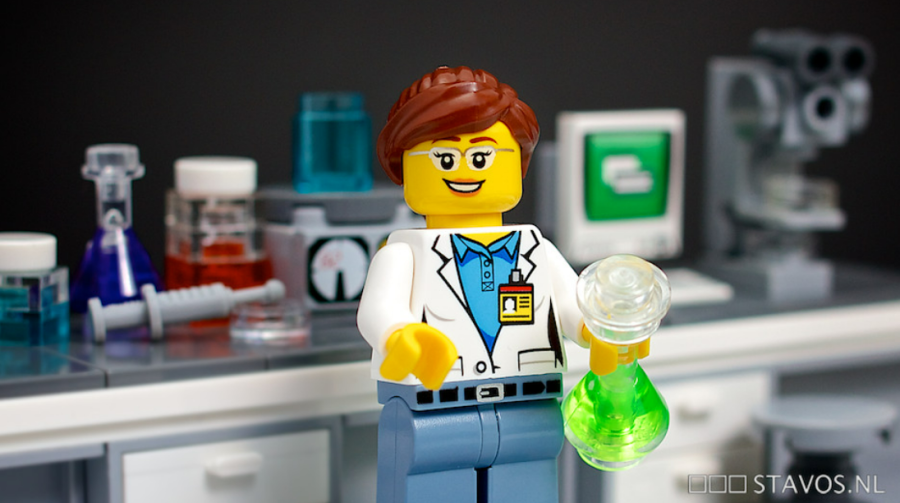What It Means To Be a Scientist Today
“90% of all the scientists that ever lived are alive today” – The Future of Life Institute
January 8, 2022
When discussing scientists across history, many tend to focus on the scientists who re-shaped society’s overall idea of science and the modern world; these may include Albert Einstein, Charles Darwin, Sir Isaac Newton, Marie Curie, or Galileo. These famed scientific geniuses aided in the construction of the foundations of present-day scientific knowledge. Each one presented life-changing discoveries and inventions in the fields of mathematics, astronomy, physics, biology, and many more that are immensely useful in everyday life. But when thinking of what it means to be a scientist today, the criteria and presence seems to have changed. The great scientists of today exist in large numbers, across all demographics, and aren’t normally quite as well known as Einstein or Newton. The Future of Life Institute cites a statistic that “90% of all the scientists that ever lived are alive today”, implying that the greatest portion of scientific changemakers are currently in existence. The modern-day societal push for equality, equity, and inclusivity within science has improved the accessibility and feasibility of scientific careers and opportunities for many. We live in a world that allows for many people to pursue careers in science, and follow in the footsteps of these great inventors, discoverers, and creators, but in a much more normalized way.
So, what exactly do modern-day scientists look like? The scientists of our time originate from diverse backgrounds, are of different genders, and stand for unique ideas of progress and change. What today’s scientists look like cannot simply be encapsulated by one definition because of the expanding meaning of the career. Scientists are researchers, medical professionals, engineers, architects, mathematicians, and much more. They are students, family members, parents, educators, caretakers, and leaders in change. They are everyday people attempting to create not-so-everyday changes within the world.
The NIH published an article by the European Molecular Biology Organization (EMBO) concluding that science “has come to occupy a central role in society” and “the emphasis has shifted from the individual scientist to collaborative work” (Frazzetto). Not only has science clearly become a figure-head in the career world, but it has also transformed from a more isolated, independent field to one of collaborative academics in hopes of creating innovation. Even more, “today there are more working scientists than have previously existed in the entire history of science”, which “has led to a ‘normalization’ of the scientist’s status” (Frazzetto). This large increase in students pursuing scientific careers has led to the job of being a scientist to transform from one of isolation and inaccessibility, to a profession at the will of all kinds of thinkers, leaders, and innovators.
What this goes to show is the question of what it means to be a scientist today is truly one containing never-ending answers. The massive growth of the scientific field has allowed for this meaning to be represented by all areas of life, matter, and change. Science as a career has broadened its scope of reach to people across the world, and is no longer as limited by stereotypes surrounding prestige, appearance, or background. The world is increasingly learning that science is for everyone and anyone and should be a collaborative effort between minds of all kinds to achieve innovation and progress for a better future.
“90% Of All the Scientists That Ever Lived Are Alive Today.” Future of Life Institute, 24 May 2018, https://futureoflife.org/2015/11/05/90-of-all-the-scientists-that-ever-lived-are-alive-today/.
Frazzetto, Giovanni. “The Changing Identity of the Scientist.” EMBO Reports, U.S. National Library of Medicine, Jan. 2004, https://www.ncbi.nlm.nih.gov/pmc/articles/PMC1298972/.



